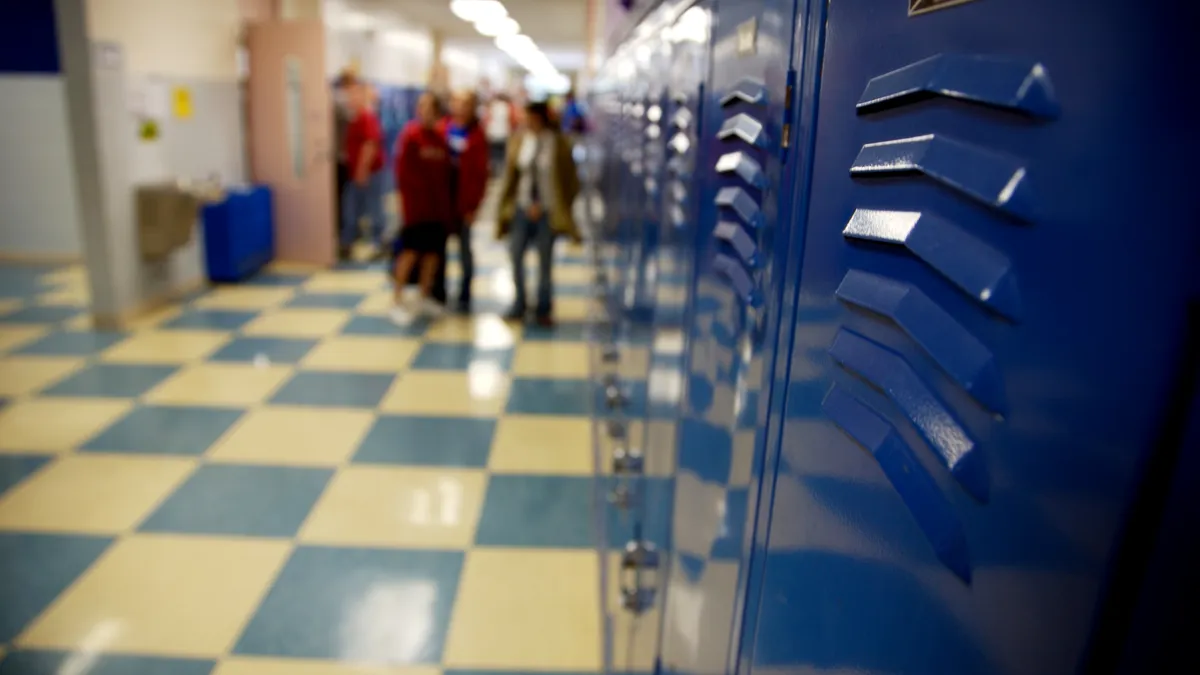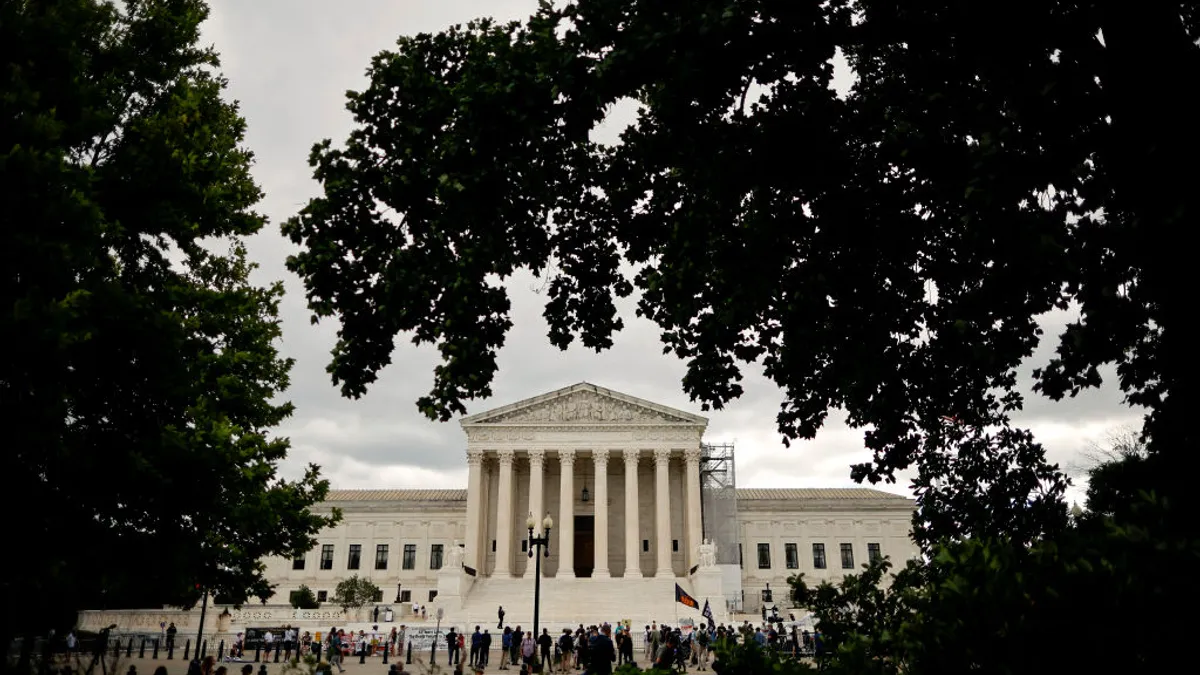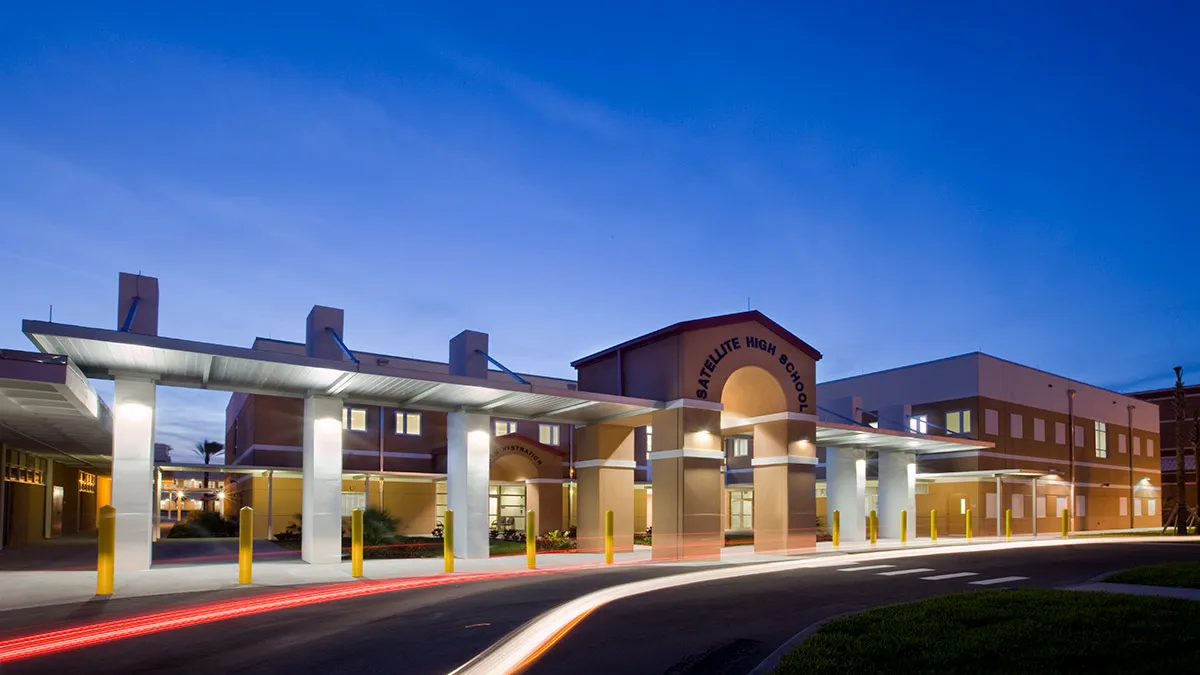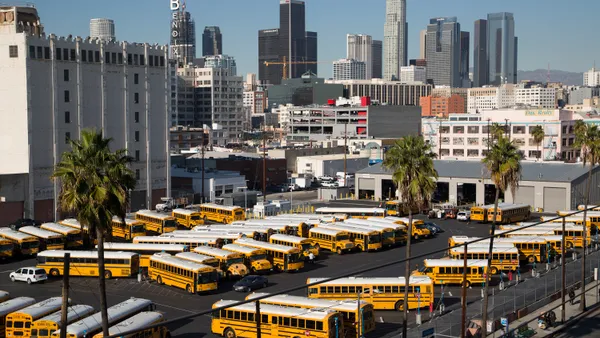With educators still reeling from three years of a pandemic, schools are opening for a new school year in the midst of yet another public health emergency — this time monkeypox.
The World Health Organization on July 23 declared monkeypox a public health emergency of international concern, making it something school nurses should be monitoring, said Linda Mendonca, president of the National Association of School Nurses.
The Centers for Disease Control and Prevention has not released specific guidance for handling monkeypox in school settings. But that could change as more students return to classrooms to school and outbreaks possibly emerge, according to public school health experts.
As of Wednesday, the CDC has reported 6,617 monkeypox cases in the U.S. As of July 29, there have been four publicly reported cases of monkeypox among children, including two in California and two in Indiana.
Monkeypox spreads through “close, personal, often skin-to-skin contact,” the CDC said. That can include direct contact with the rash, scabs or body fluids from a person with monkeypox, prolonged contact with respiratory secretions, and touching objects, fabrics and surfaces used by a person with monkeypox, according to the federal agency.
Monkeypox typically begins with flu-like symptoms and progresses to a widespread rash on the face and body, according to the CDC. It can last two to four weeks, and the CDC recommends isolation during the illness, as it can spread from the time when symptoms appear until the rash has fully healed and a new layer of skin has formed.
K-12 Dive asked school public health and communications experts how schools can prepare to handle the disease in their communities. Here are five best practices:
1. Be thoughtful about disinfection
While already existing COVID-19 mitigation strategies in districts can help deter the spread of monkeypox, schools should be more thoughtful about disinfection practices, said Jeanie Alter, executive director of the American School Health Association.
“Schools are pretty stressed at this point, so the addition of another transmittable disease in schools is, I think, unfortunate at this time,” Alter said.
Items that students share, such as safety glasses in a science lab or sports equipment, should be disinfected more frequently, she said.
“Of course, disinfection is going to be something to stay on top of, and I think it’s really important for school nurses, in particular, just to know the signs and symptoms in case they do have a student that’s infected, so that they can mitigate the likelihood of transmission,” Alter said.
2. Communicate with the local health department
Schools should monitor monkeypox cases in their state and local communities, Mendonca said. To be better informed about nearby cases, school leaders should stay in touch with their local health departments, she added.
Schools should also work with local health departments in communicating monkeypox mitigation strategies in their communities, said Barbara Hunter, executive director of the National School Public Relations Association. This helps ensure “everyone is staying in their own lane and also that everyone is on the same page,” she said.
“I don’t think school districts should be launching their independent communications campaign without input and discussion with their health department,” Hunter said.
3. Reduce stigma in messaging
The CDC has released guidance on reducing stigma surrounding monkeypox in communications and community engagement.
It’s key to “emphasize that anyone can get monkeypox and promote it as a public health concern for all,” CDC said. “Focusing on cases among gay and bisexual men [where cases are currently concentrated] may inadvertently stigmatize this population and create a false sense of safety among those who are not gay and bisexual men.”
Alter noted the concern that monkeypox could be stigmatized in the way that AIDS and HIV were for the LGBTQ community.
That’s why it’s crucial that any messaging in school communities highlights that monkeypox can infect anyone, Alter said.
4. Have protocols in place
Schools should begin considering protocols to address monkeypox in case it becomes a bigger issue for K-12, Alter said.
If a monkeypox case is suspected in the school community, leaders should consider the community resources available for testing for the virus, she said. If a student doesn’t have health insurance, leaders should prepare for how to get a child access to outside related medical services.
Protocol should also include good routines for disinfecting school surfaces, Alter said.
5. Hold a community engagement event
Rising public concerns about the disease could pose an opportunity for a school community engagement event, Hunter said. This could be through a forum that shares and discusses community health facts not just about monkeypox but also an update on local COVID-19 transmission.
Overall, Hunter said, it’s important for schools to share that public health situations are fluid and that monkeypox cases can change and the science can evolve. Regardless, she said, schools should tell their communities they’ll be a resource to help them along the way.
UPDATE: Aug. 5, 2022: The ongoing spread of monkeypox was declared a public health emergency on Thursday by the U.S. Department of Health and Human Services. Also as of Thursday, the Centers for Disease Control and Prevention confirmed 7,102 cases of the virus in the U.S., up from 6,617 cases as of the day before.




















